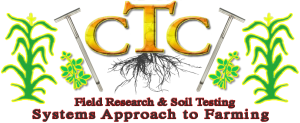[vc_row][vc_column][vc_raw_html]JTNDaWZyYW1lJTIwc3JjJTNEJTI3aHR0cHMlM0ElMkYlMkZwb2RvbWF0aWMuY29tJTJGZW1iZWQlMkZodG1sNSUyRmVwaXNvZGUlMkY4ODkzMDE0JTNGYXV0b3BsYXklM0R0cnVlJTI3JTIwaGVpZ2h0JTNEJTI3MjA4JTI3JTIwd2lkdGglM0QlMjc3MjglMjdmcmFtZWJvcmRlciUzRCUyNzAlMjclMjBtYXJnaW5oZWlnaHQlM0QlMjcwJTI3JTIwbWFyZ2lud2lkdGglM0QlMjcwJTI3JTIwc2Nyb2xsaW5nJTNEJTI3bm8lMjclMjBhbGxvd2Z1bGxzY3JlZW4lM0UlM0MlMkZpZnJhbWUlM0U=[/vc_raw_html][/vc_column][/vc_row][vc_row][vc_column][vc_column_text]In this weeks Boots In The Field Report Ken covers the yields and moisture reports coming in from harvest across the state. He offers encouraging news for those in the tougher areas that good calibrated maps from those fields can be an excellent resource moving forward for creating management zones. Ken also covers why the outside of your bean fields may be behind in maturity and warns of the need for making adjustments from day to day to keep header loss to a minimum. He also covers corn borer damage and Tar spot reports.[/vc_column_text][/vc_column][/vc_row]
